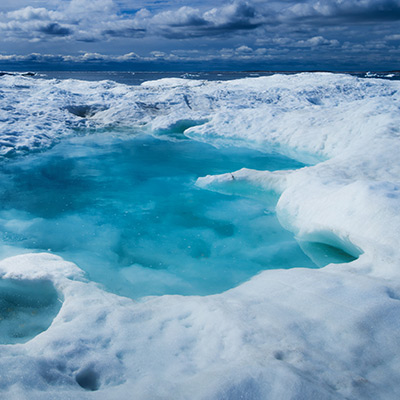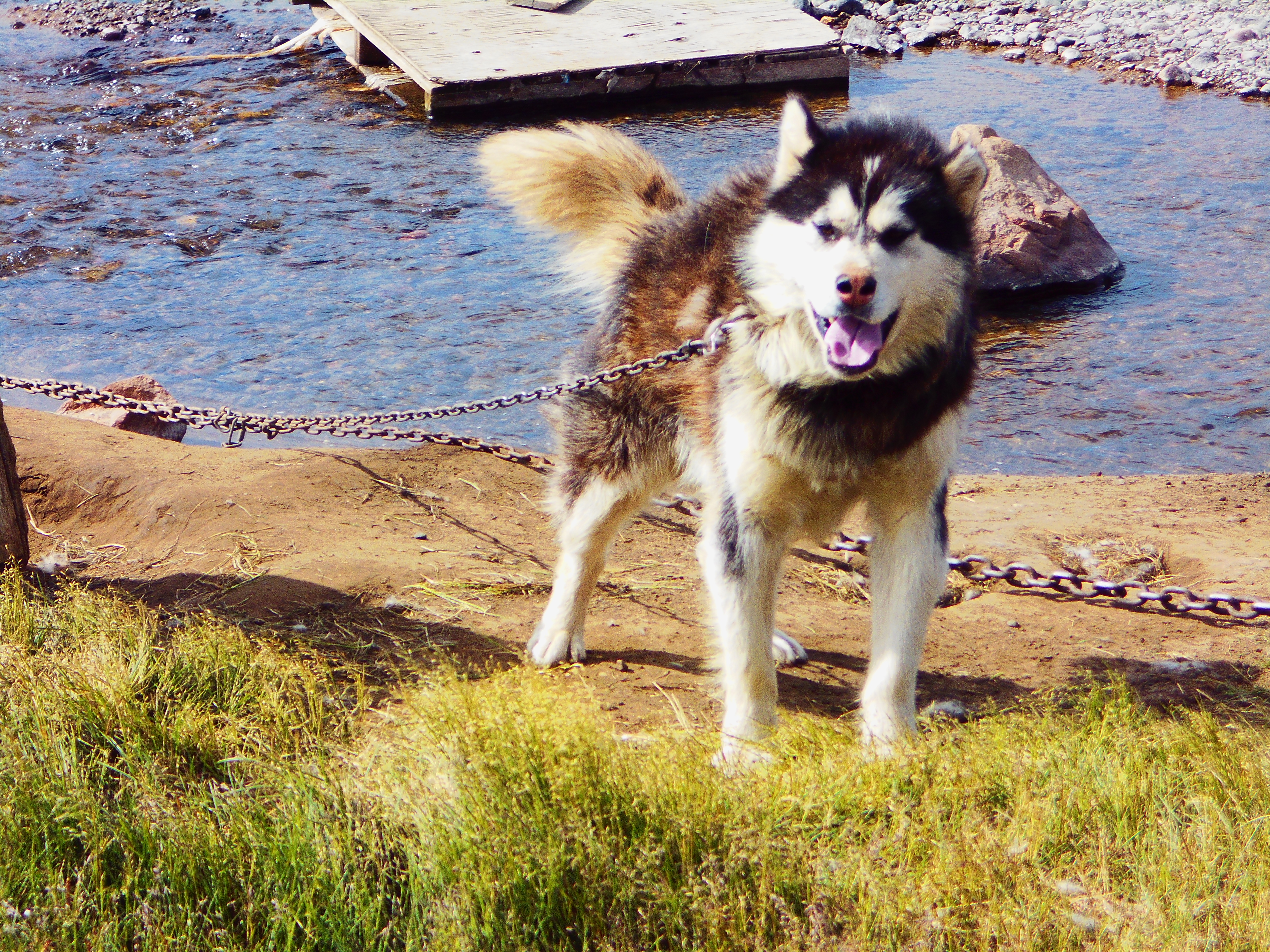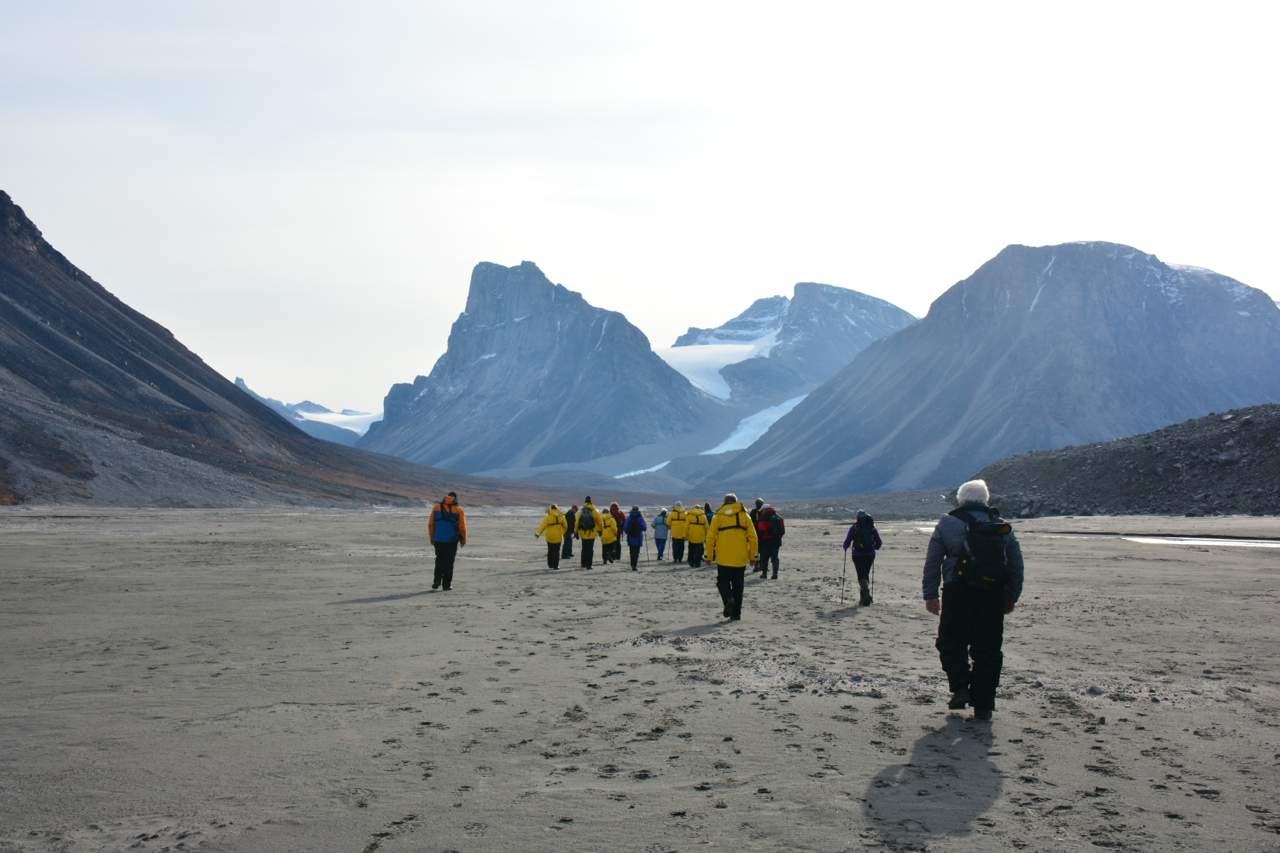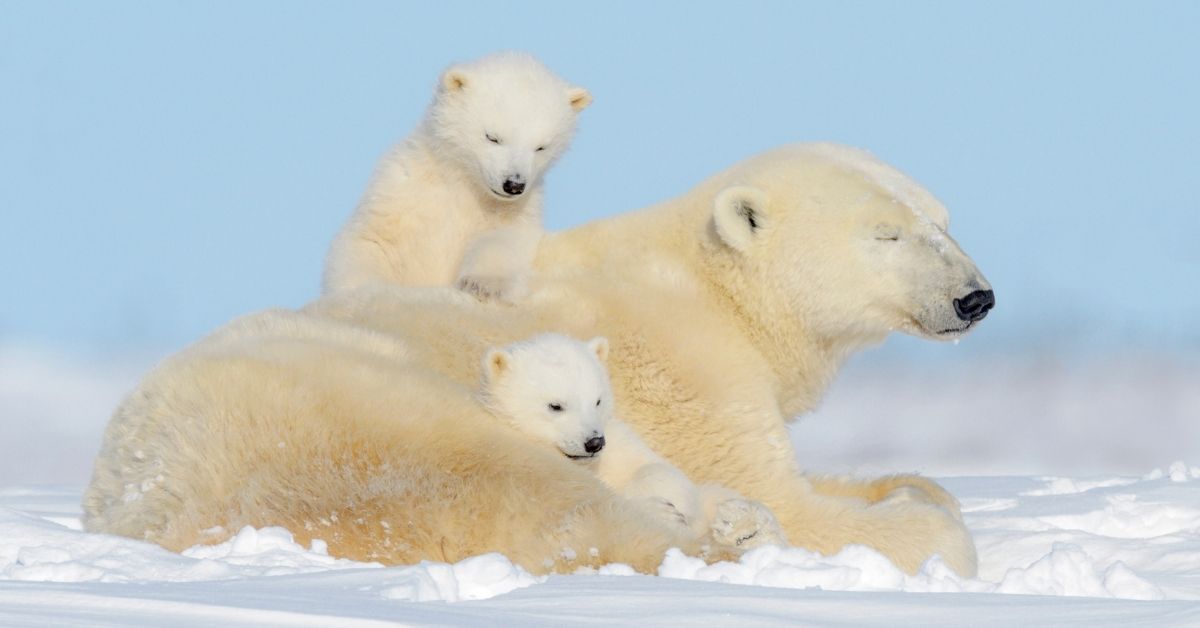We’re Very Fond Of Our Fauna!
Respect and admiration for the many beloved arctic creatures is a deeply rooted part of Inuit culture. Nunavummiut feel lucky that they live next to such species and they know that you will love to see them too! They welcome you here and will happily and safely guide you to pristine places where you can share in the thrilling experience of viewing some of the most exotic wild animals on the planet. Whether by dog sled or snowmobile excursion, by boat, ATV or small aircraft, on cross-country skis or by trekking on foot, experienced outfitters and guides in every part of Nunavut are proud to introduce you to the wonderful local wildlife!
The extraordinary diversity of unique animal species native to Nunavut is one of the prime attractions for people to this part of the world. It is believed that the very first human beings to ever visit this beautiful, severe wilderness territory arrived here to hunt big game animals sometime after the Pleistocene period of global glaciations that ended around 9000 BC. Those intrepid early people immigrated to these lands in pursuit of abundant wildlife resources such as caribou, muskoxen, geese, ptarmigan, fish, walrus, seals and whales.
The ancient, nomadic Inuit hunter-gatherer people recognized their own responsibility to conserve wildlife and protect their ecosystem. This traditional Inuit value is called ‘Avatittinnik Kamatsiarniq’ in Inuktitut, which means ‘respect and care for the land, animals and the environment.’ This longstanding cultural concept of living in harmony with nature and wildlife is still taught by Inuit elders to their children and grandchildren today.
Tourists Guide to Seal Products
Seal has been a source of locally harvested food in a demanding environment. Nunavut’s harvest is guided by three principles: it is sustainable, humane, and the entire animal is used for food, clothing, and arts and crafts. Seal products are a by-product of the sustainable harvest by individual Inuit harvesters from Nunavut. Availability is therefore, limited.
What you need to know:
Under the Indigenous Exemption of the European Commission Implementing Regulation Article
- individuals have the right to purchase and import sealskin(s) or seal products into the European Union.
- Seal products for the personal use of travellers or their families may only be imported where any of the following requirements is fulfilled; (1) a written notification of import; (ii) a supporting document giving evidence that the products were acquired in the third country concerned.
Ringed and Harp Seal species are not listed on COSEWIC and are not a species of concem. For more information please visit the COSEWIC Web–site http://www.cosewic.gc.ca
How to get your seal products certified:
The seal products Export Certification process is a new extension to the Department of Environment’s existing Fur Tracking System. The certificate enables an individual to import seal products or value-added products to the European Union. Only skins that have been harvested by Inuit and the products made from those skins can be certified.




